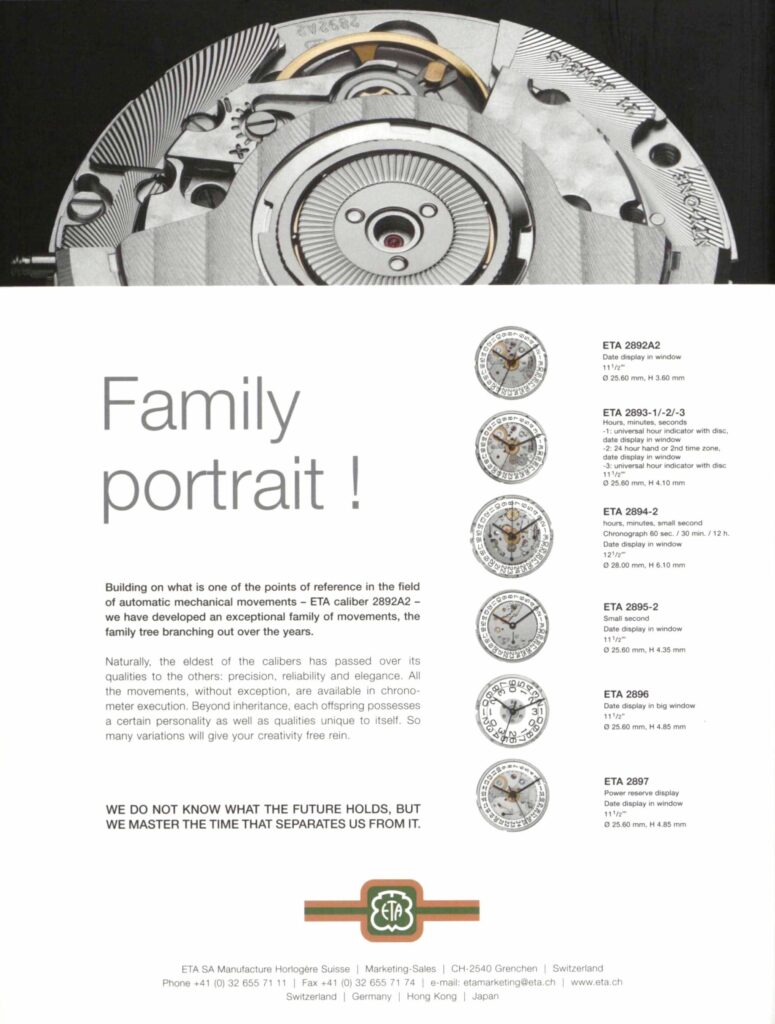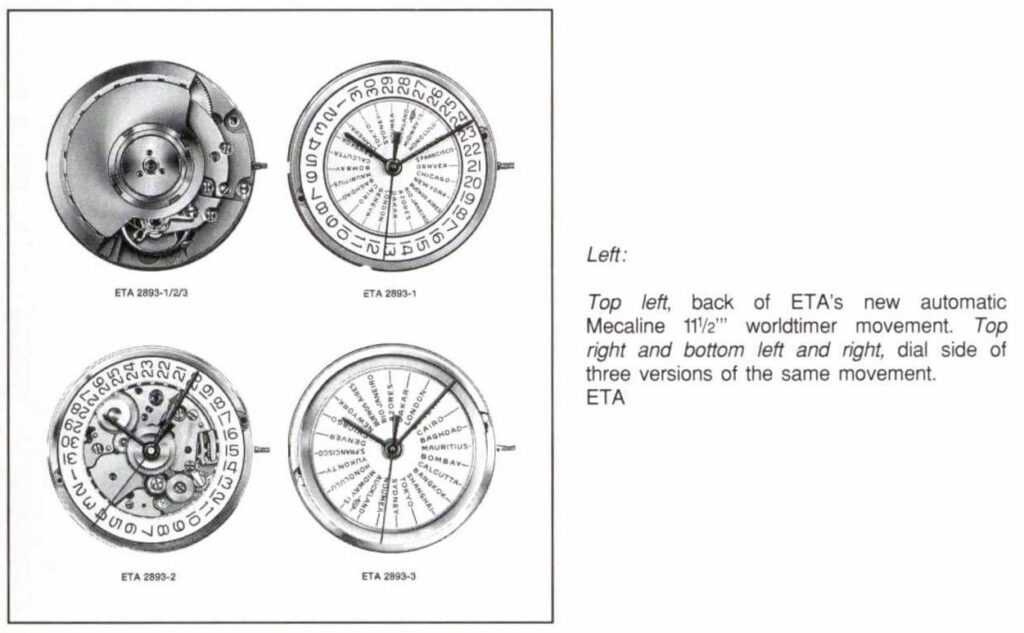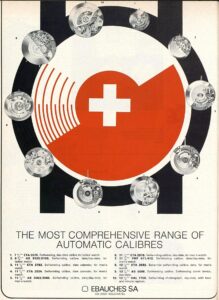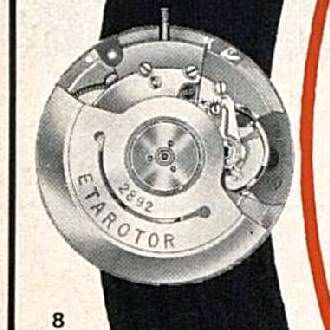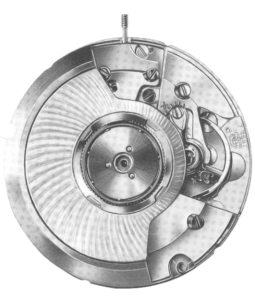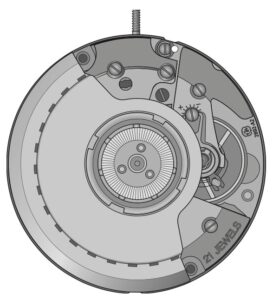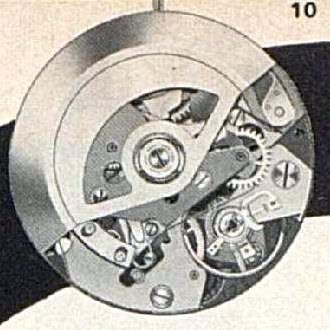A key part of Seiko’s resurgence in modern times was the Cal. 6S family of automatic chronograph movements. Although rarely seen, they demonstrated the company’s expertise along with the Cal. 9S movement family introduced at the same time.
Seiko called back many original watchmakers from retirement to develop the “phoenix” Cal. 6S78 movement. On introduction in 1998, it helped re-establish the company’s bona fides and was a halo offering for the domestic Credor brand. It is thoroughly modern, with a vertical clutch and column wheel, yet classical in look. It has a 6-9-12 subdial arrangement like the popular Valjoux 7750 family. Many models feature a date or power reserve complication as well, and hand-winding versions were also produced.
- 6S78 (1998-2004) – 34 jewels, automatic, date, Credor
- 6S28 (2005-2013) – 34 jewels, automatic, date, Credor
- 6S37 (2001-2016) – 40 jewels, automatic, date, power reserve, Prospex/Brightz/Credor
- 6S77 (2003-2005) – 40 jewels, automatic, date, power reserve, Credor
- 6S96 – 38 jewels, automatic, no date, power reserve
- 6S74 – 35 jewels, hand winding, no date, power reserve
- 6S99 (2002-2005) – 35 jewels, hand winding, no date, power reserve, skeletonized
